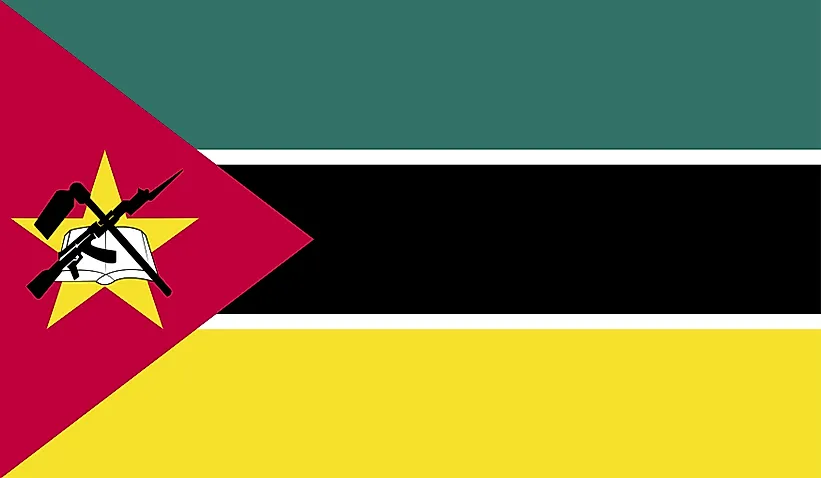
Mozambique
| Continent | Africa |
| Capital | Maputo |
| Population | 25,930,150 |
| GDP | $35.01 Billion |
| GDP per Capita | $1,200 |
| Dialing Code | +258 |
| ISO Code (2-letter) | MZ |
| ISO Code (3-letter) | MOZ |
Mozambique Landscapes






About Mozambique
Welcome to Mozambique, a nation where African traditions meet coastal beauty. With approximately 31 million people occupying 801,590 square kilometers, Mozambique combines remarkable cultural diversity with extensive natural resources, standing as a country of immense potential along Africa’s eastern coast.
Geographic Features and Natural Beauty
Mozambique’s geography encompasses extraordinary diversity, from its 2,500-kilometer Indian Ocean coastline to the inland mountains and plateaus. The country features numerous river valleys, including the mighty Zambezi, creating fertile deltas and dramatic landscapes.
The landscape includes pristine beaches, coral reefs, and tropical islands along the coast, while the interior features savanna woodlands and mountains. The country’s varied topography supports rich biodiversity in both marine and terrestrial ecosystems.
Protected areas include Gorongosa National Park, known for its remarkable recovery story, and the Quirimbas Archipelago, protecting marine life and coral reefs. The country’s commitment to environmental protection focuses on conservation and sustainable resource management.
Cultural Heritage and Traditions
Mozambican culture represents a blend of African, Arab, and Portuguese influences. The country’s heritage includes distinctive music styles like timbila and marrabenta, traditional dance forms, and vibrant arts scenes.
Traditional arts include intricate wood carving, particularly the Makonde sculptures, basket weaving, and textile production. Music and dance remain central to cultural expression, with different regions maintaining unique traditions.
Mozambican cuisine combines coastal seafood with African staples, featuring dishes like matapa (cassava leaf stew) and peri-peri prawns. The tradition of community gatherings and celebrations remains central to social life.
Historical Journey
Mozambique’s history spans from ancient trading settlements through Portuguese colonization to independence. The country’s coastal location made it a crucial part of Indian Ocean trade networks.
Significant periods include the development of Swahili trading ports, Portuguese colonial rule, the struggle for independence achieved in 1975, civil war until 1992, and subsequent reconstruction and development. The country’s resilience through challenges demonstrates remarkable strength.
Modern Economic Landscape
Today’s Mozambican economy focuses on agriculture, mining, tourism, and natural gas development. The country possesses significant natural resources, including one of the world’s largest natural gas reserves.
Recent initiatives focus on infrastructure development, agricultural modernization, and sustainable resource management. Mozambique’s strategic location and deep-water ports support its position as a gateway to southern Africa.
International Relations and Global Position
Mozambique maintains active participation in regional organizations while fostering international partnerships for development. The country’s stability and economic potential make it an important regional player.
Did You Know?
• Gorongosa National Park is considered one of Africa’s greatest wildlife restoration stories?
• The country’s Ilha de Moçambique was a Portuguese trading post for nearly 400 years?
• Mozambique is home to the unique dugong, a rare marine mammal?
• The country has one of the longest coastlines in Africa?
Conclusion
Mozambique represents a unique combination of natural wealth and cultural diversity. From its pristine beaches to its wildlife reserves, from its traditional arts to its developing economy, Mozambique continues to evolve while preserving its distinctive heritage. As it addresses challenges including sustainable development and resource management, Mozambique remains committed to its path of growth while fostering environmental protection and cultural preservation.